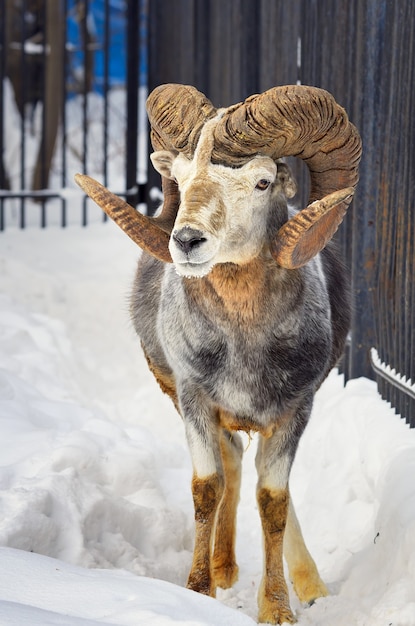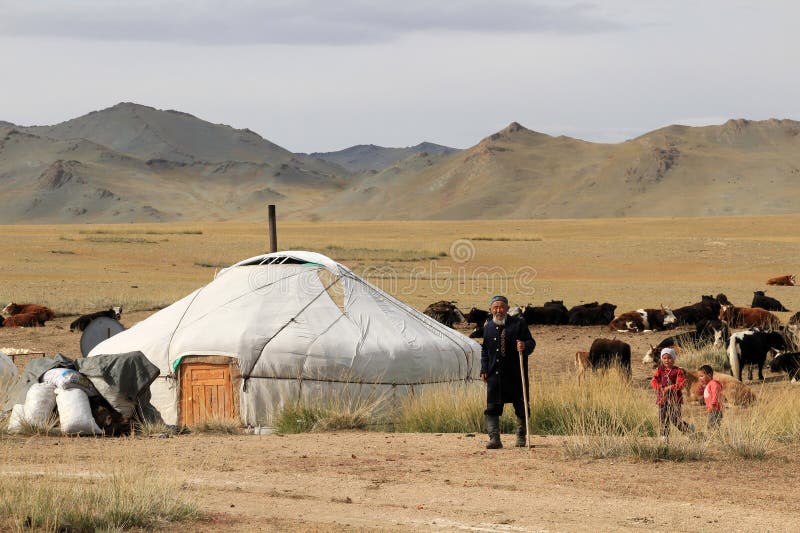Whispers of the Altai: A Mongolian Yurt Stay for the Soulful Explorer

The wind carried secrets across the vast, undulating plains of the Altai Mountains, secrets I longed to capture with my lens. As a wildlife photographer specializing in high-altitude ungulates, particularly the elusive Altai argali sheep, I’m drawn to the raw beauty and untamed spirit of places like Bayan-Ölgii, Mongolia. My recent 10-day stay in a traditional Mongolian yurt near the village of Sagsai, proved to be more than just a photo assignment; it was a journey into the heart of nomadic culture, a lesson in resilience, and a reminder of the urgent need for conservation. It was an experience I will never forget and one I urge any traveler to embrace. If you're seeking Mongolian travel that nourishes the soul, this is it.
Golden Eagle Guesthouse: A Sanctuary of Tradition
My home for those ten days was "Golden Eagle Guesthouse," a traditional yurt owned and operated by Serik, Aigerim, and their three beautiful children: Zhanar, Murat, and Bekzat. Located deep within the Altai Mountains, the yurt was a haven against the harsh elements. The hand-felted walls, adorned with intricate traditional Kazakh patterns in vibrant reds, blues, and golds, immediately spoke of the rich cultural heritage woven into every fiber of its being.
Inside, the warmth from the central wood-burning stove, fueled by dried argal (animal dung), was a welcome embrace. The scent of juniper incense always lingered in the air, creating a calming atmosphere. A single solar-powered light bulb cast long shadows across the felt, painting a mesmerizing dance of light and dark. The simple furnishings – two twin beds, a small wooden table, and hand-woven rugs covering the earthen floor – were all I needed. The outhouse, a short walk away, was a stark reminder of the simple life, a feature many travellers enjoy.
The Elusive Altai Argali: A Photographer's Pursuit
My primary goal was to photograph the Altai argali sheep, the largest wild sheep in the world. This proved to be a challenging task. The Altai Mountains travel environment is unforgiving. The weather shifted dramatically, from sudden blizzards to intensely sunny days. The rugged terrain tested my endurance, and the argali's skittish nature demanded patience and perseverance.
I spent countless hours trekking across windswept plateaus and scaling rocky slopes, my Canon EOS 5D Mark IV and 100-400mm lens my constant companions. Finally, after days of searching, I experienced those exhilarating moments that make all the hardship worthwhile. I captured a majestic ram silhouetted against a snow-capped peak at sunrise, the first rays of light illuminating his magnificent horns.
There was another moment where I photographed a herd grazing on a windswept plateau under a vast, cerulean sky. The textures of their thick coats, the harshness of their habitat, and the sheer scale of the landscape – all captured at f/5.6, ISO 800, and a shutter speed of 1/500 to freeze their movements.
Life with Serik and Aigerim: Embracing Nomadic Culture Mongolia
My stay at "Golden Eagle Guesthouse" was enriched by the warmth and generosity of Serik and Aigerim's family. I was immersed in Kazakh culture. One evening, we shared a hearty meal of beshbarmak (boiled meat with noodles) and koumiss (fermented mare's milk), a true taste of nomadic hospitality.

I spent a day assisting Serik with herding their goats and sheep on horseback across the rugged terrain, gaining a newfound appreciation for their deep connection to the land. Aigerim taught me traditional Kazakh songs under the starlit sky, her voice echoing the ancient melodies of her ancestors. I, in turn, taught Zhanar basic English phrases, bridging cultures through simple communication. Their connection to nature is a core part of their way of life and has been for hundreds of years.
Each night, we gathered around the stove, listening to Serik's stories about local legends and the importance of respecting the mountains and the animals. His wisdom, passed down through generations, underscored the delicate balance between humanity and nature.
The Fragile Beauty: Environmental Challenges in the Altai
The Altai region faces significant environmental challenges. Overgrazing, exacerbated by increasing livestock numbers, is degrading the fragile grasslands. Climate change is impacting water sources, threatening both the wildlife and the nomadic communities that depend on them. Poaching remains a threat to the already vulnerable Altai argali sheep population.
Staying in a yurt like "Golden Eagle Guesthouse" is more than just a unique travel experience; it's an act of eco-tourism Mongolia. It supports the local economy, promotes sustainable travel, and empowers nomadic communities to conserve their traditional way of life and protect the fragile ecosystem. Serik and Aigerim use traditional herding methods to minimize their environmental impact and are actively involved in local conservation initiatives. They understand that their livelihood depends on the health of the land.

Ways to support sustainable tourism:
- Choose locally owned and operated accommodations like "Golden Eagle Guesthouse"
- Respect local customs and traditions
- Minimize your environmental footprint by reducing waste and conserving water
- Support local artisans and businesses
Q&A: Mongolian Yurt Stays
What is a Mongolian Yurt? A Mongolian yurt, also known as a "ger," is a traditional round, portable dwelling used by nomadic peoples of Central Asia, particularly in Mongolia. These structures have felt-covered walls and a collapsible wooden frame.
How do I prepare for a trip to the Altai Mountains?
- Physical Fitness: Prepare for hiking at high altitudes with moderate cardio.
- Altitude Acclimation: Spend a few days at a moderate elevation before ascending.
- Vaccinations and Health: Consult your doctor about recommended vaccinations.
- Weather-Appropriate Clothing: Pack for a range of temperatures, including waterproof and windproof gear.
- Emergency Supplies: Carry a basic first aid kit, water purification tablets, and high-energy snacks.
- Learn a few basic Kazakh and Mongolian phrases: These can assist with getting around, shopping, and even befriending locals.
- Offline Maps: Download maps and translation apps for navigation in areas with poor connectivity.
- Be aware of cultural norms: It is important to respect the Kazakh and Mongolian cultures and be respectful of their traditions.
What is sustainable travel in Mongolia? Sustainable travel in Mongolia involves respecting the environment and local culture while minimizing negative impacts. This includes supporting local businesses, conserving water and energy, and properly disposing of waste.
Is it safe to travel alone in the Mongolian Altai? The Altai region is generally safe for solo travellers but take precautions: avoid wandering alone at night, inform someone of your plans, and respect local customs.
Mongolian Cuisine
Here are some popular dish to try in Mongolia when you visit:
- Buuz: Steamed dumplings filled with meat
- Khuushuur: Deep-fried meat pastries
- Guriltai Shul: Noodle soup with meat
- Airag: Fermented horse milk
Your Altai Adventure Awaits
My journey into the nomadic culture Mongolia offered was a profound experience. It was a reminder of the beauty and resilience of the human spirit, and the urgent need to protect our planet.
Experience the raw beauty and profound cultural richness of the Altai Mountains. Book your stay at 'Golden Eagle Guesthouse' [https://www.airbnb.com/rooms/YOUR_AIRBNB_LINK] and support the nomadic community's conservation efforts. Remember to pack light, respect the local customs, and leave only footprints. Your journey awaits!
Mongolian travel opens your eyes to a different way of life, connecting you to the earth and the enduring spirit of humanity.